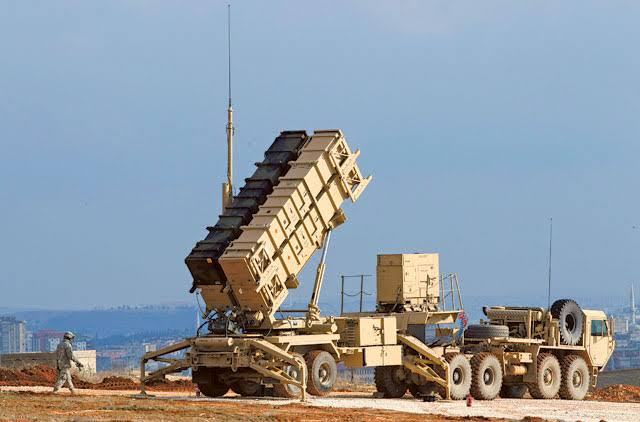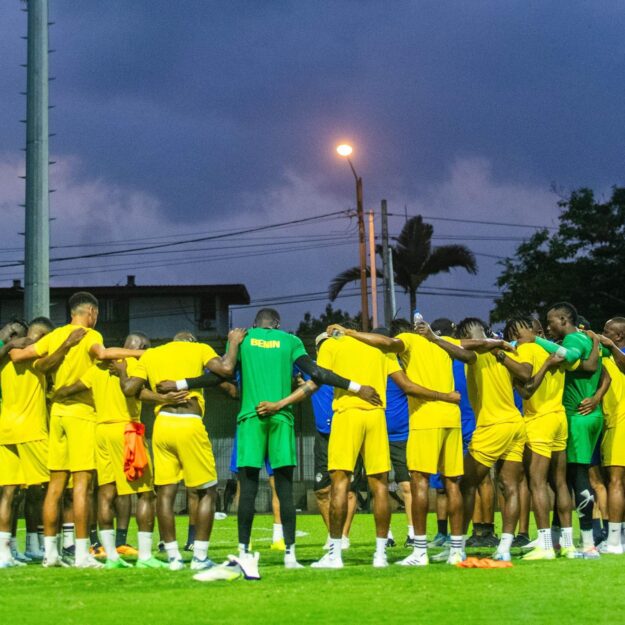
The U.S. is sending one Patriot missile battery and four ground-based radar systems to Saudi Arabia, the Pentagon said Thursday, in what officials describe as the first steps to help the kingdom protect itself against Iranian attacks.
Two more Patriot batteries and a THAAD missile defense system will be prepared to go later if needed, and the deployment will involve about 200 troops.
Military commanders and defense leaders have been working since last week to iron out what military aid to send to the region in response to what U.S. officials say was a brazen and unprecedented cruise missile and drone attack by Iran on Saudi oil facilitieson Sept. 14. Iran has denied any involvement.
President Donald Trump, during a White House meeting last Friday, said he wasn’t ordering any immediate military strike on Iran, but approved a broader effort to beef up security in Saudi Arabia and the region. He told reporters that showing restraint “shows far more strength” than launching retaliatory strikes now.
The four Sentinel radar systems and the Patriot battery are designed to provide better surveillance coverage across northern Saudi Arabia. The bulk of the kingdom’s Patriot batteries and other defenses are focused on the south to protect the country from attacks by Iranian-backed Houthis in Yemen. The Houthis launch almost daily attacks into Saudi Arabia and at times into the UAE.
Defense Secretary Mark Esper said last week that additional security measures will be the first step, but he did not rule out additional moves down the road. Officials have said they are talking with allies in an effort to get more nations to contribute to security in the region.
“Other countries have called out Iranian misadventures in the region, and we look for them to contribute assets in an international effort to reinforce Saudi Arabia’s defense,” Pentagon spokesman Jonathan Hoffman said Thursday.
Gen. Joseph Dunford, chairman of the Joint Chiefs of Staff, said last week the goal is to defend Saudi Arabia against unconventional aerial attacks using a “layered system of defensive capabilities” to mitigate the risk of swarms of drones or other attacks by Iran.
The U.S. has so far not provided any hard evidence that Tehran was responsible for the attacks, but officials insist they have no doubt the cruise missiles and drones were launched from inside Iran.
Iran has denied involvement and warned the U.S. that any attack will spark an “all-out war” with immediate retaliation from Tehran.
A military forensic team has been poring over evidence from cruise missile and drone debris, but the Pentagon said the assessment is not finished. Officials are trying to determine if they can get navigational information from the debris that could provide hard evidence that the strikes came from Iran.
You may be interested

My Goal Was To Achieve Success With Ten Hag At Man United –De Ligt
Webby - November 14, 2024Netherlands international Matthijs de Ligt has suggested Erik ten Hag didn’t get the breaks he needed to keep his job…

I Want To Take My Game To New Level –Lookman
Webby - November 13, 2024Super Eagles winger Ademola Lookman has reiterated his commitment to take his game to the next level.The Nigerian international, who…

AFCON 2025Q: Benin Republic Hit By Another Injury Blow
Webby - November 13, 2024Benin Republic will be without two more players for their 2025 Africa Cup of Nations qualifying matches against Nigeria and…






















![American Pastor, David Wilson Seen Eating The Box Of Woman Who Isn’t His Wife [Video]](https://onlinenigeria.com/wp-content/uploads/2019/10/american-pastor-david-wilson-seen-eating-the-box-of-woman-who-isnt-his-wife-video-150x150.jpg)









